– BETWEEN BORDERS AND FLOWS
A PROJECT FOR GRAZ KULTURJAHR 2020
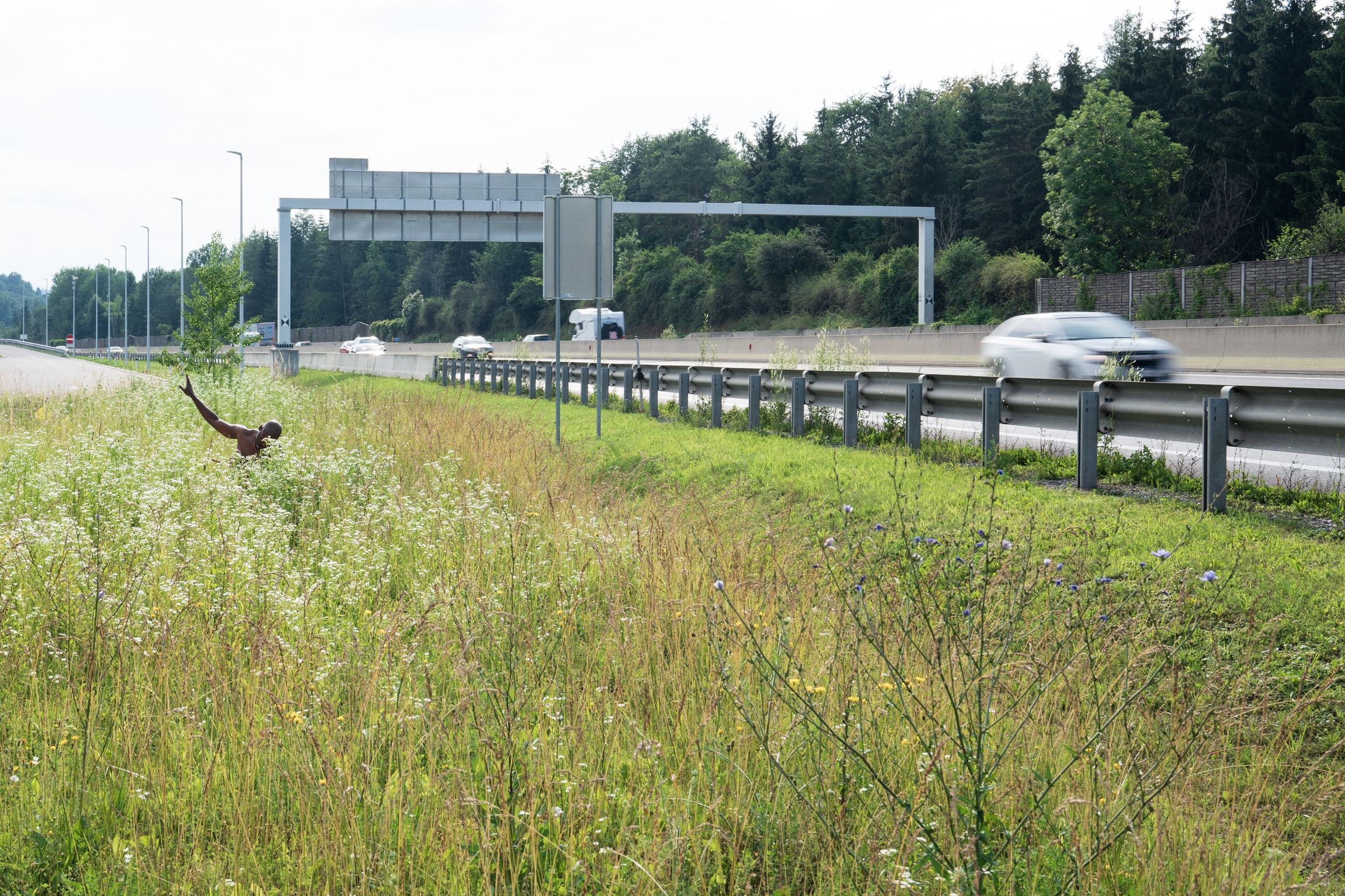
Summen, Clarissa Rêgo & Otto Oscar Hernández. performance Summer 2020 / A2 SüdAutobahn Foto: Karin Lernbeiss
Homeostasis is the mechanism by which organisms or systems sustain balance, or return to balance when needed. This natural regulation engine aims in maintaining a dynamic equilibrium while evidencing the interrelatedness of all the parts that constitute the natural machine. This project proposes the phenomenon of Homeostasis as a metaphor to address the actual need to restore balance within our complex living environments – or the entanglements of individual and collective bodies and actions, human and other-than-human, borders and flows, on the local and global levels. It establishes an expanded artistic/ pedagogical format to bring together local and international artists, ecologists, urbanists, and earth-rights defenders to reimagine the entanglements of ecology and urbanity while debating and co-creating artistic works in forgotten spaces.
Homeostasis focuses on spaces on the edges of Graz — micro-forests and green areas circumscribed by highways roundabouts, located near the city’s borders; using them as physical exploration devices to inquire around systemic change, and indispensable alterations to the ways we see, behave and act within nature. On those spaces, life-flows do not follow the standardly imposed administrative borders. These artificial lines have been historically a topic of conflict within political, urbanistic, and ecological discourses, as they do not follow the coherent mechanism of regulation of ecosystems. Concepts as “making kin” and “urban metabolism”, essential references for the research, debate, and artistic outputs, will be formulated and speculated upon, expanding our senses of (inter)connection in a post-human world.
Public interventions Spring & Summer 2021:
Philetairus socius or the Sociable Weaver
A2 SüdAutobahn Knot Graz-Raaba
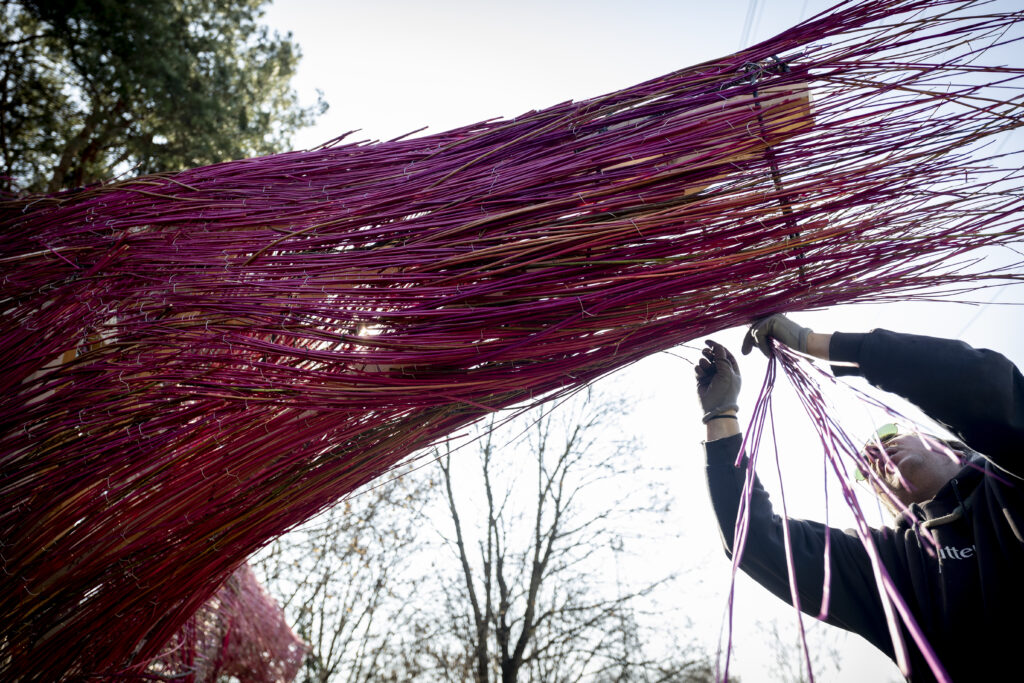
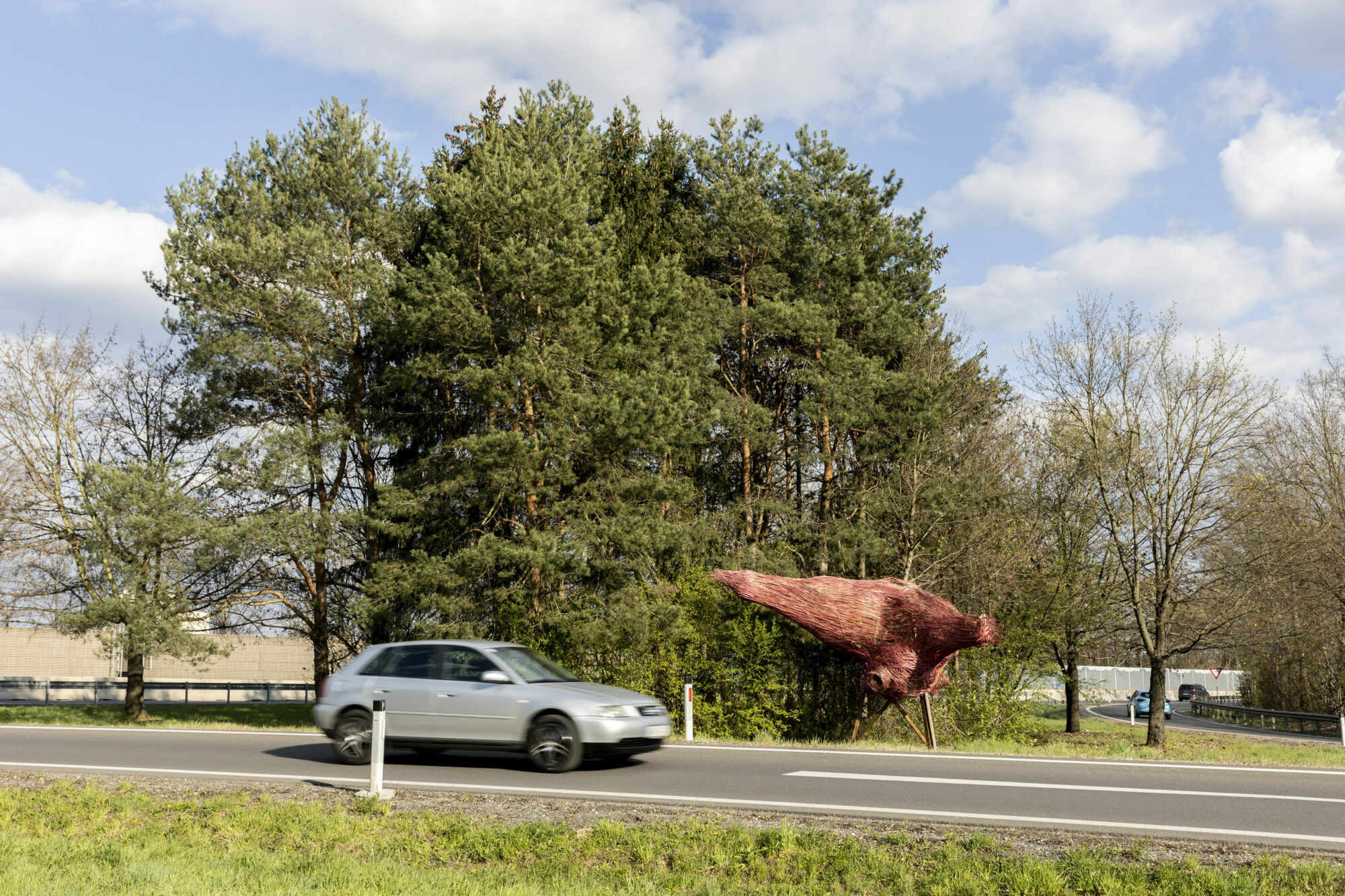
photos: Nikola Milosević
Inspired by the weaver birds, this particular species, called Philetairus socius or the Sociable Weaver, has a remarkable way of weaving its home. They are one of the very few species that create collective, community nests. This collaboratively created sculpture is part of a larger artistic research that searches for more sensitive and careful ways of living together, ways of living and of being that are tuned to natural life and its flows.
Gods of America • Natural Pantheon, Antonio Briceño
Installation in the A2 SüdAutobahn, Graz, (exit Raaba/ St. Peter)
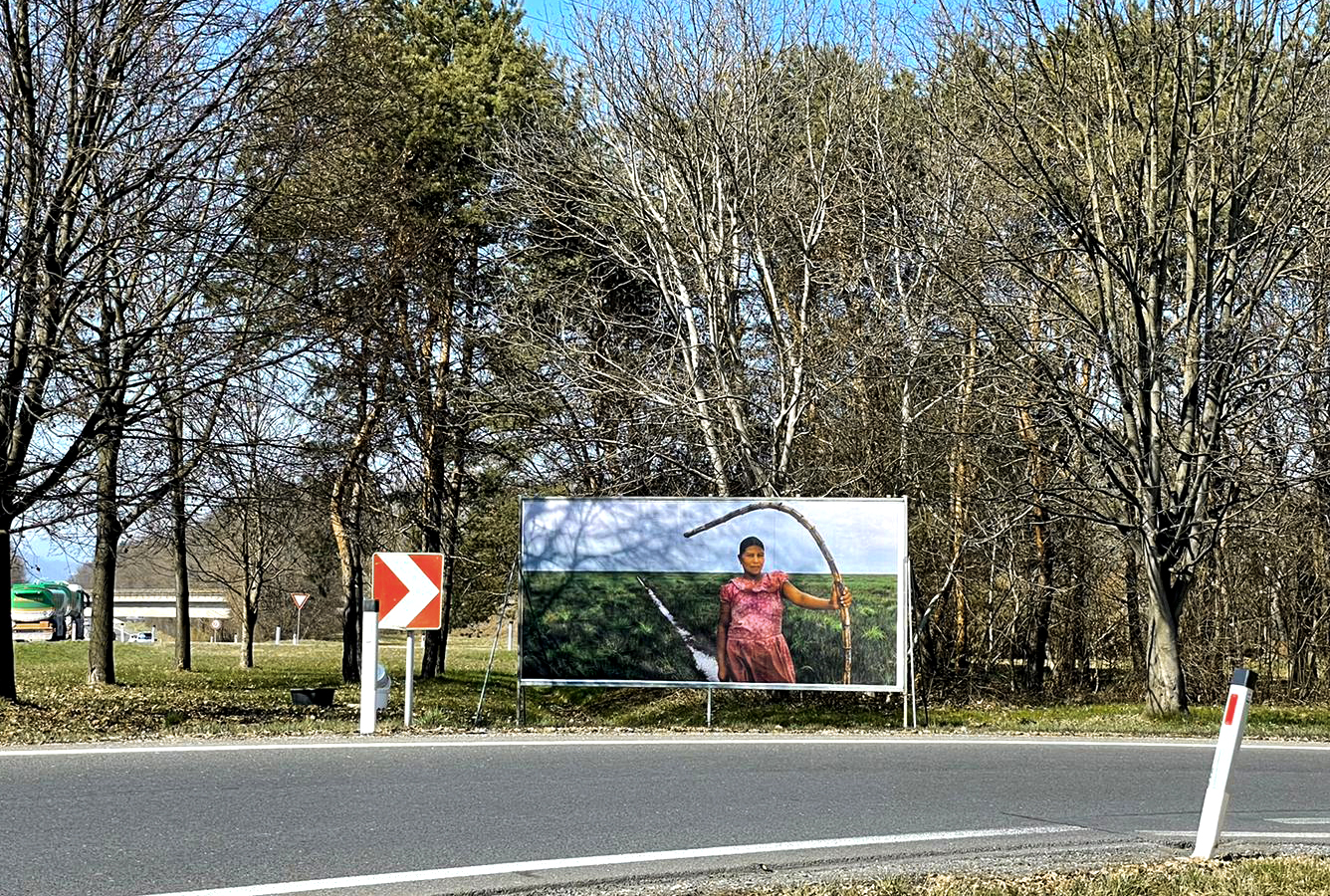
Kumañí – The great mother (Ana Rosa Pérez), 2012 Pumé people, Venezuela – The Keeper of the Pathways
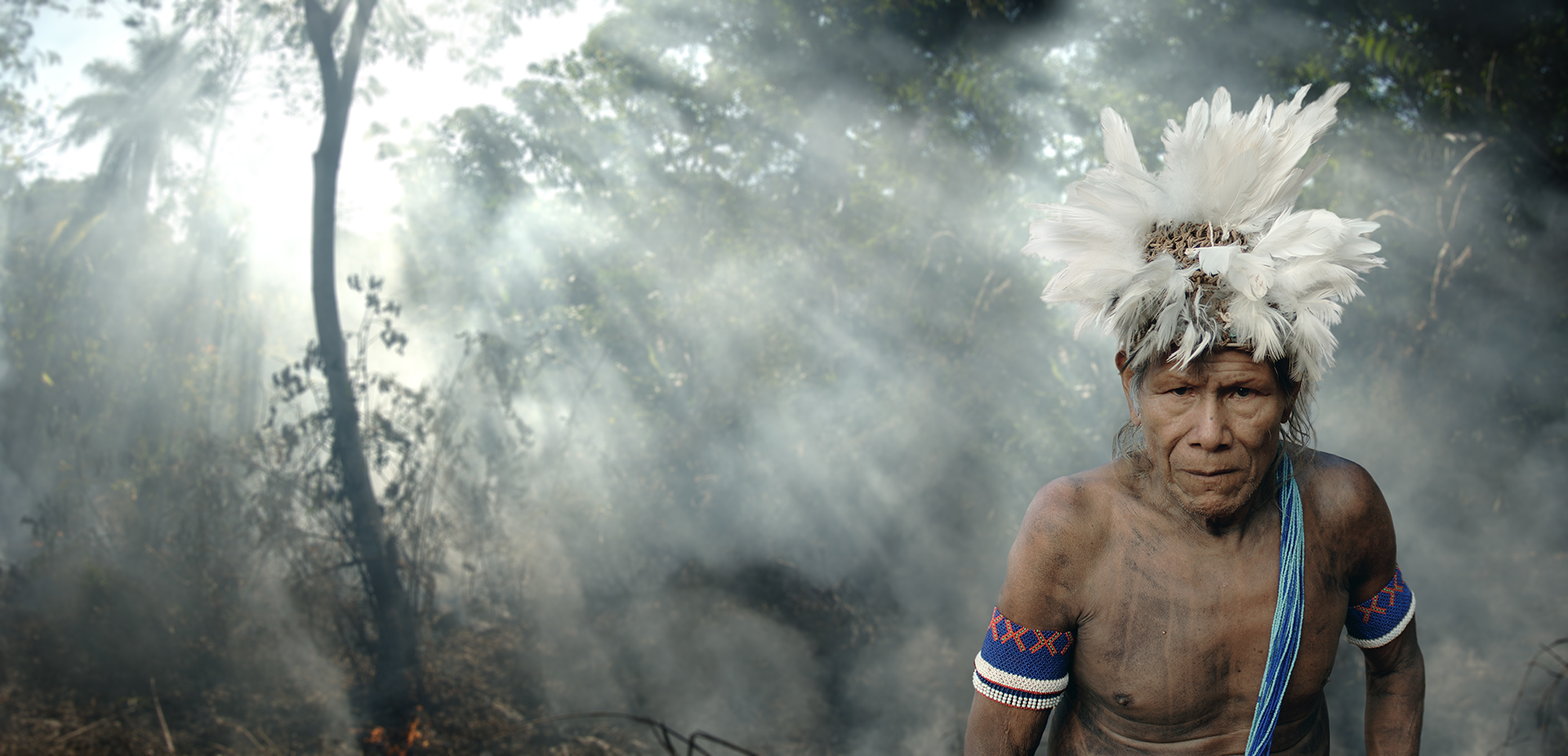
Botoqué – Owner of Fire (Kupato) Kayapó people, Brazil – 2006
The work of Venezuelan photographer Antonio Briceño is committed to deeply understand the diversity of cosmogonies of indigenous peoples throughout Abya Yala (an indigenous name to substitute the colonial name of America). Many of his work depicts the peoples of the Amazonian region – which are continuously under huge threats of the extractivist industries and globalization forces, including mindsets here in the West that undermine their value and their ancestral wisdom. The work of Briceño reconnects us to stories that have not been told, re-enchanting our imaginaries about the South. The opportunity to evoke these deities to visit the tiny forests lost in the South Autobahn of Graz, is a political act and an invitation to discuss the epistemological crossroads we stand in right now.
more info:
Participants:
Abelina Holzer, Andrea Acosta, Andrea Endelhammer, Antonio Briceño, Clarissa Rêgo, Daniela Brasil, Evelyn Tschernko, ILA, Julio Loiza, Karin Lernbeiss, Katcha Bilek, Lisa Reiter, Nayarí Castillo, Otto Oscar Hernández, Peninah Lesorogol, Pinon and Mayra Tatuyo, Ramon Barros, Studio Magic/ Christian Meixner, Judith Urschler, Max Kieninger, Patricia Wess, Thomas Kain, Thomas Kalcher/
A project by Daily Rhythms Collective (Daniela Brasil, Nayarí Castillo) in cooperation with the Afro-Asian Institute in the framework of Graz Kulturjahr 2020
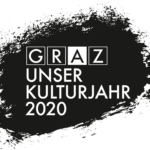
update April 2021